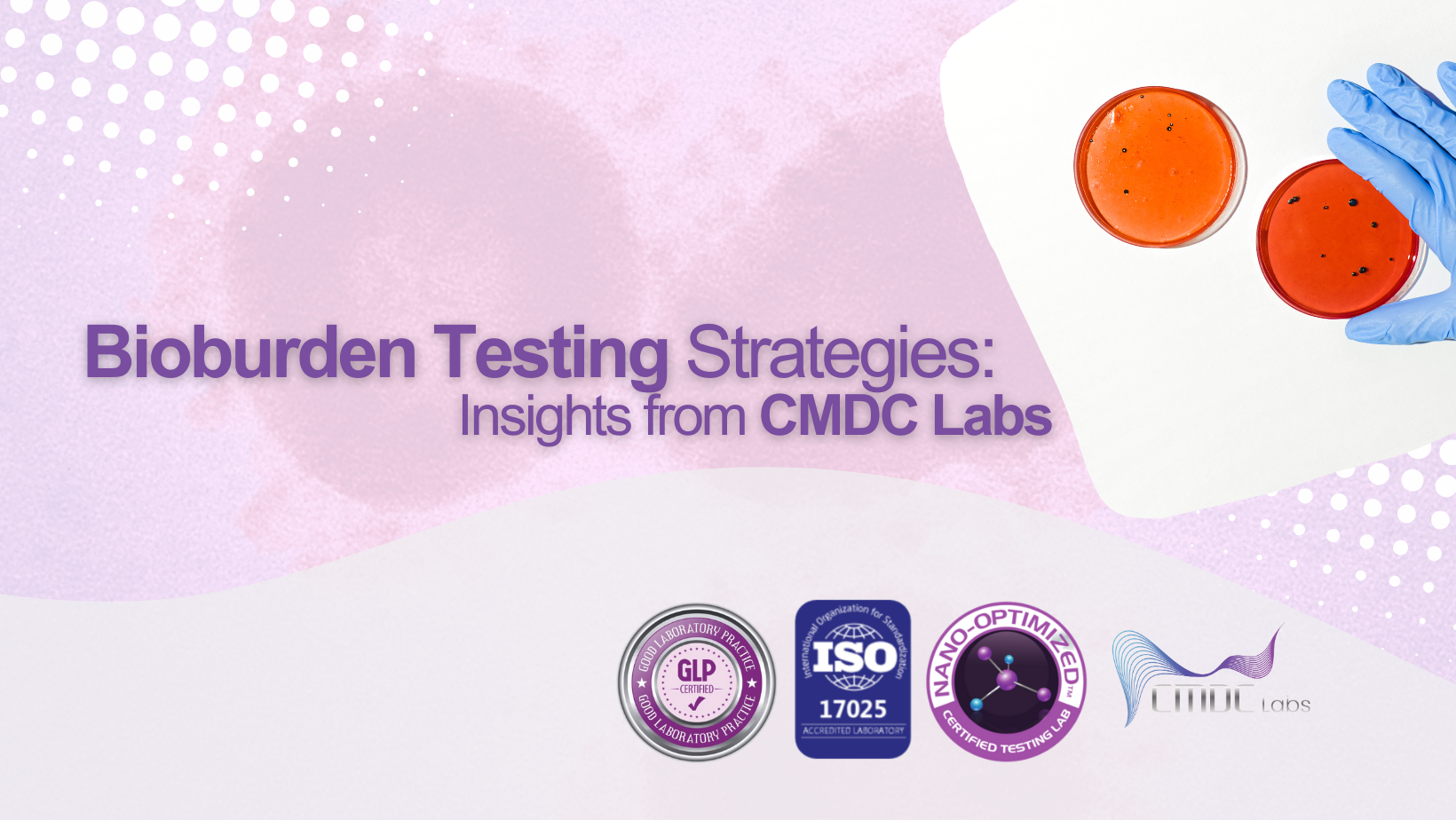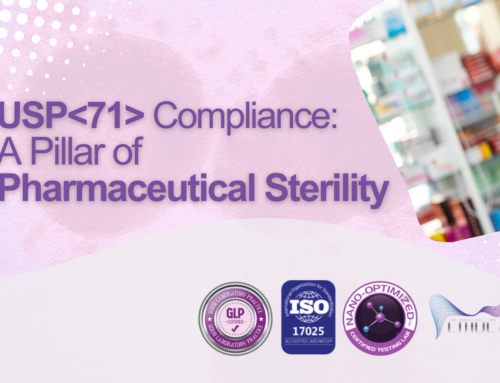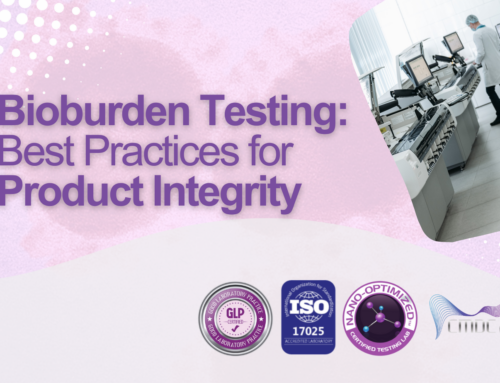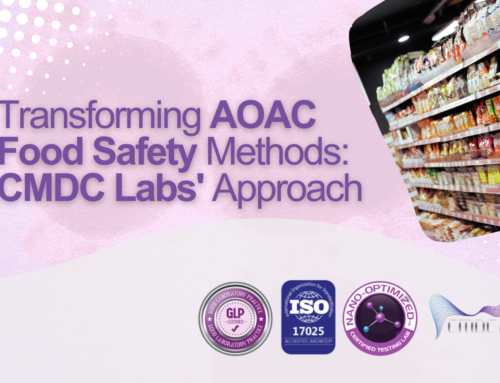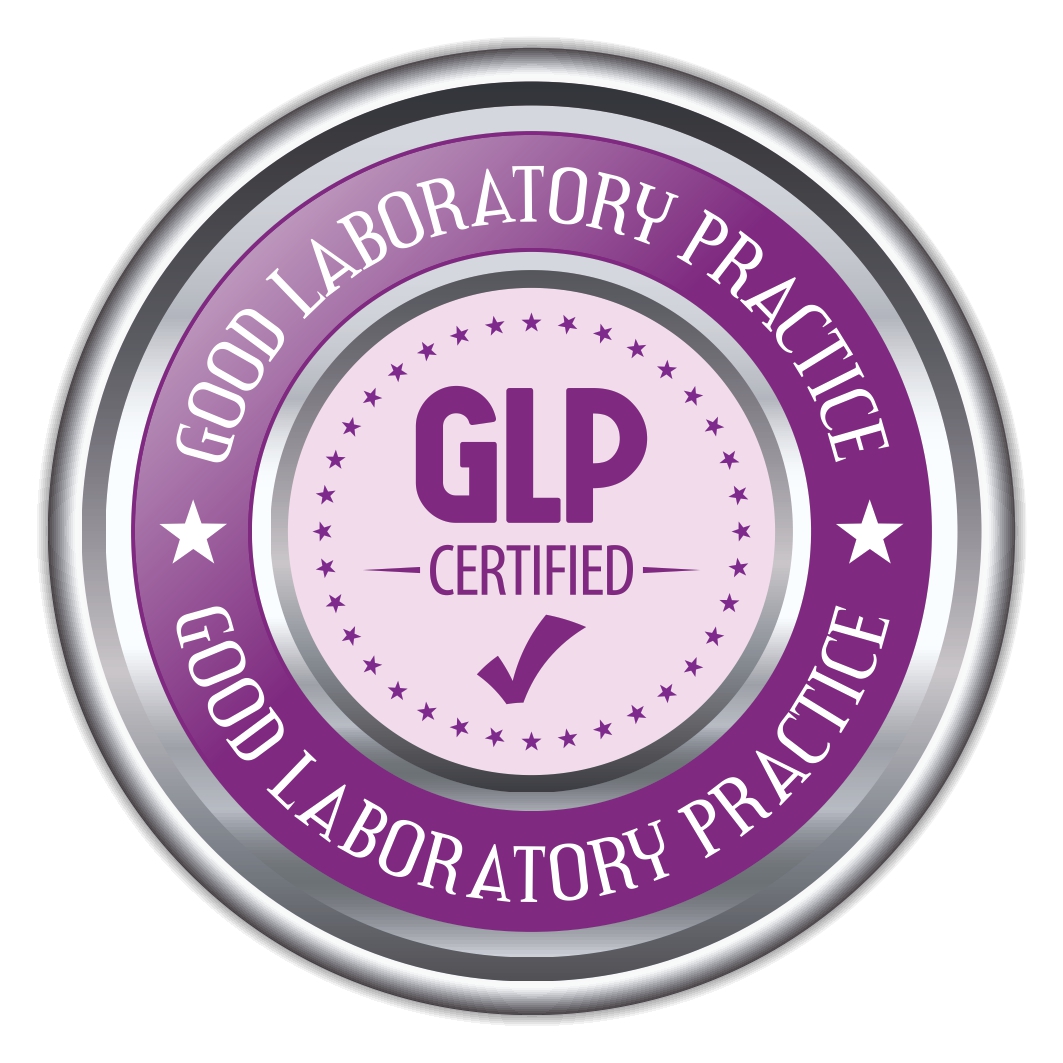Bioburden testing is a foundational component of microbiological quality control, providing essential data to evaluate the cleanliness and sterility of pharmaceuticals, medical devices, and other healthcare products. As regulatory requirements evolve and manufacturing processes become more complex, it is imperative for industry stakeholders to adopt comprehensive bioburden testing strategies. In this article, we delve into the nuances of bioburden testing and share valuable insights from CMDC Labs’ experts.
Understanding Bioburden Testing:
Bioburden refers to the population of viable microorganisms present on or within a product or material. Bioburden testing involves the enumeration and identification of these microorganisms to assess the potential risk of contamination. Traditional bioburden testing methods include membrane filtration, pour plate method, and spread plate method. However, advancements in technology have led to the emergence of rapid microbiological methods (RMM), offering faster and more accurate results.
Challenges and Considerations:
While bioburden testing is essential for ensuring product safety, several challenges must be addressed to develop effective testing strategies. Sample preparation, method validation, and interpretation of results are critical aspects that require careful consideration. Additionally, the selection of appropriate growth media and incubation conditions can significantly impact test outcomes. At CMDC Labs, our experts leverage their extensive experience to overcome these challenges and tailor bioburden testing protocols to meet client needs.
Advanced Techniques and Technologies:
Innovations in bioburden testing have paved the way for the adoption of advanced techniques and technologies. Automated microbial detection systems, molecular methods such as polymerase chain reaction (PCR), and next-generation sequencing (NGS) offer enhanced sensitivity and specificity compared to traditional culture-based methods. These cutting-edge approaches enable rapid detection of a wide range of microorganisms, facilitating timely decision-making and risk mitigation.
Regulatory Compliance and Quality Assurance:
Compliance with regulatory standards, such as those outlined in USP <61> and <62>, is paramount for manufacturers operating in the pharmaceutical and healthcare sectors. CMDC Labs adheres to stringent regulatory requirements and maintains accreditation from relevant authorities. Our quality assurance protocols ensure the reliability and accuracy of bioburden testing results, providing clients with confidence in the safety and efficacy of their products.
Conclusion:
Bioburden testing is a critical aspect of microbiological quality control, essential for ensuring the safety and efficacy of pharmaceuticals, medical devices, and healthcare products. By leveraging advanced techniques, expertise, and a commitment to regulatory compliance, CMDC Labs empowers clients to navigate the complexities of bioburden testing effectively. Our tailored strategies and comprehensive approach to quality assurance enable us to deliver reliable and actionable insights that drive excellence in product development and manufacturing.

